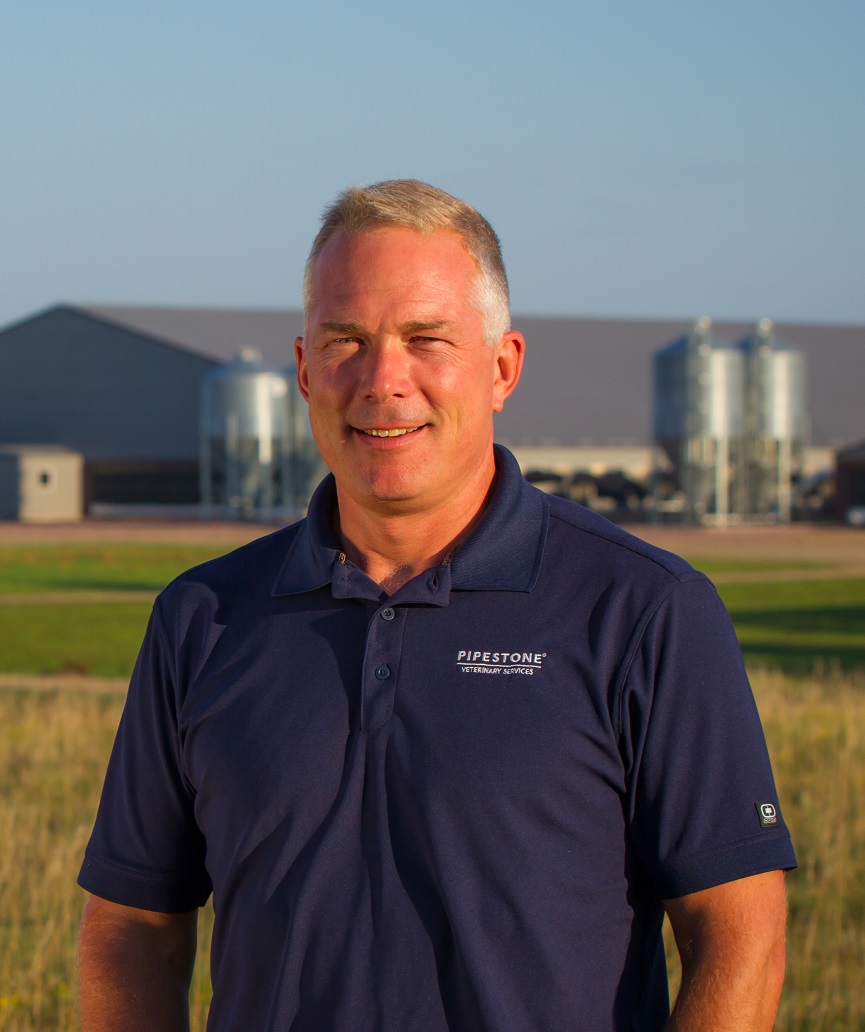 Pork is the most consumed meat in the world. As a result, pig farming is a global pursuit. While the USA exports a significant portion of the pork we raise (nearly 30%), most pork is consumed within the country where the pigs were raised.
Pork is the most consumed meat in the world. As a result, pig farming is a global pursuit. While the USA exports a significant portion of the pork we raise (nearly 30%), most pork is consumed within the country where the pigs were raised.
As PIPESTONE has grown and evolved over the last 25 years, we have gained a significant experience and expertise in pig health and production. This has resulted in countless invitations to consult and provide services to pig farmers all over the world. Today, PIPESTONE is regularly providing services to farmers in China, Mexico, and Brazil. We have also consulted in Chile, Canada, Russia, Japan and the Philippines, among others. Through these opportunities to work with pig farmers across the world, we have learned many things. All these learnings have helped shape our approach to pig production and the advice we give to our farmer customers.
In 20+ years of international work, what have we learned?
- Health is King! When we compare farmers over the world, the most successful producers generally have the healthiest pigs. This has been important for success historically, and we believe that farm health will be even more important in the future.
- Healthy sow farms are the key to good production and healthy pig flows. Good pigs rarely come from bad (unhealthy) sow farms.
- “Location, location, location”: Locating sow farms away from other pigs is the key to long term health. This is true in the USA, Mexico, China and the rest of the world. Relocating sows to remote areas might be the best investment farmers can make to their operation today.
- Biosecurity is a great investment. It really pays off when you have to prevent new infections of ASF, Hog Cholera and PRV- just ask any Chinese pig farmer.
- Biosecurity is really about execution every day. It takes extraordinary discipline. Anybody can have a biosecurity protocol, but daily execution of the protocol is the key to success.
- “An ounce of prevention…”- vaccines are a better investment than antibiotics. It’s almost always more profitable to prevent disease than to treat sick pigs.
- An accurate and timely diagnosis is critical when managing a health challenge. The USA has the best veterinary diagnostic laboratories in the world, and that helps put US farmers and vets at a competitive advantage.
- Three site or two site production is a must. Farrow to finish production on a single site is usually not sustainable in the long term.
- Effective disease elimination strategies and the ability to execute are a big competitive advantage. Sow farms, regardless of location, should be designed with this in mind (on site gilt developer units, etc.). The farmers that are reducing the number of diseases on their farms will be the winners in the end.
- System design is critical. Single sourcing of sites and “All in/All out” pig flow have demonstrated value.
We have learned a great deal working with pig farmers all around the world and we think this brings value to all of PIPESTONE’s customers. After all, PIPESTONE’s mission is to “Help farmers today to create the farms of tomorrow,” regardless of where their farm is located.
By: Dr. Joel Nerem, CVO PIPESTONE
